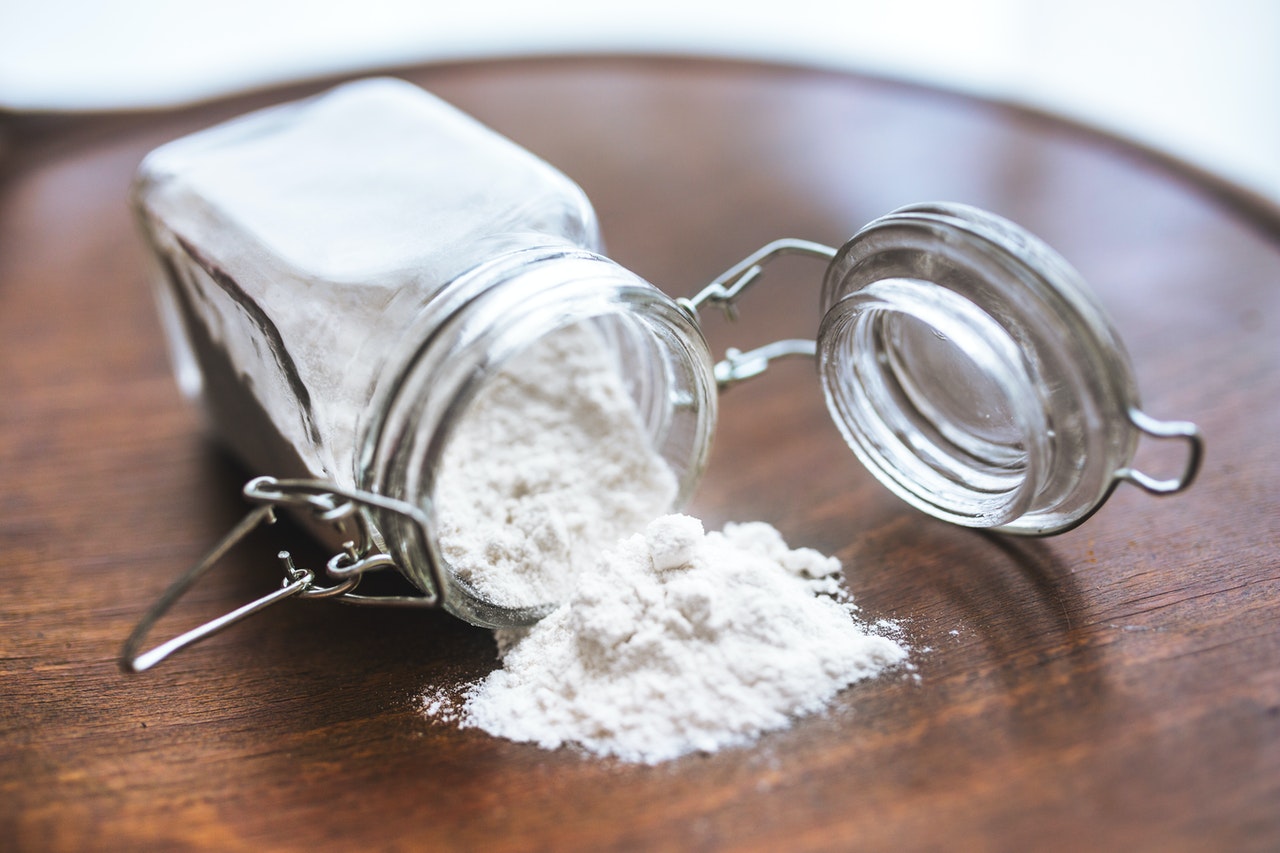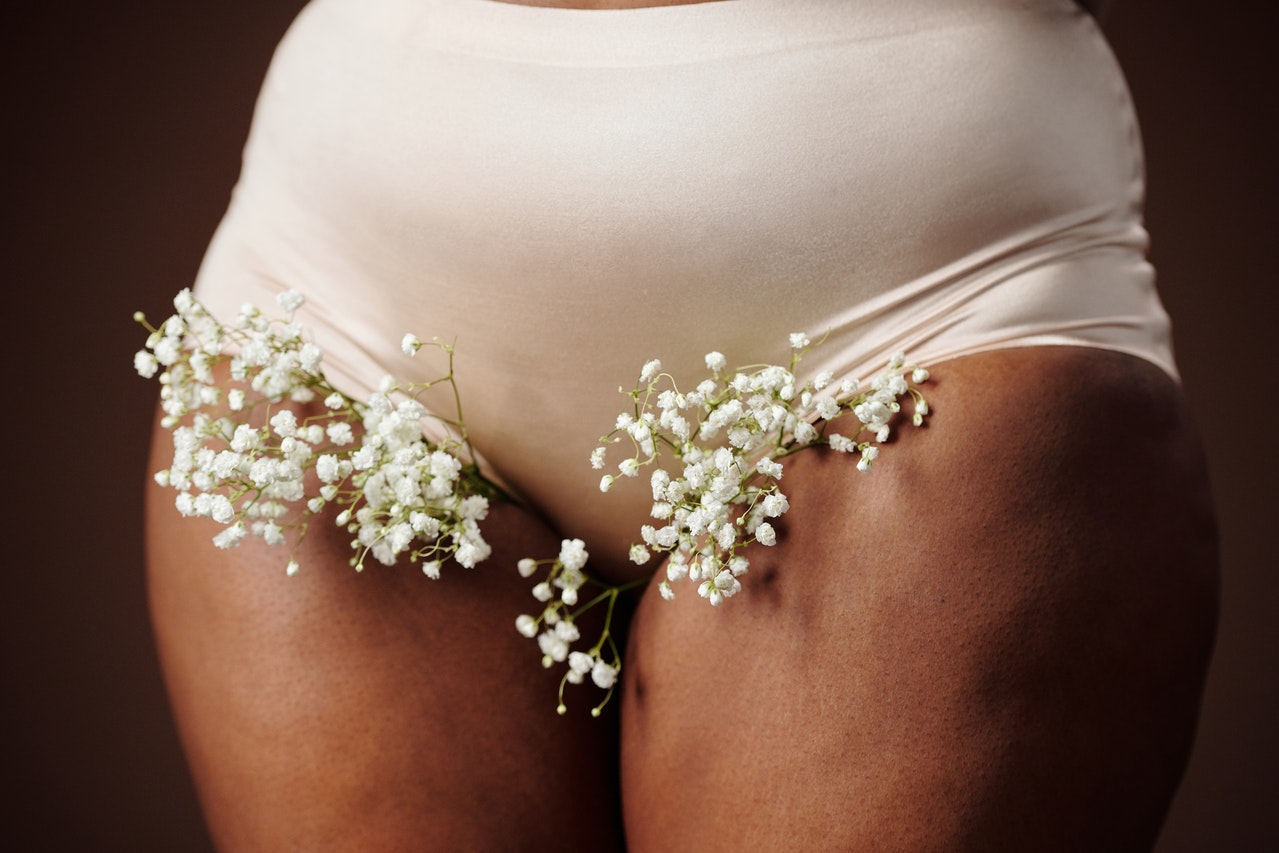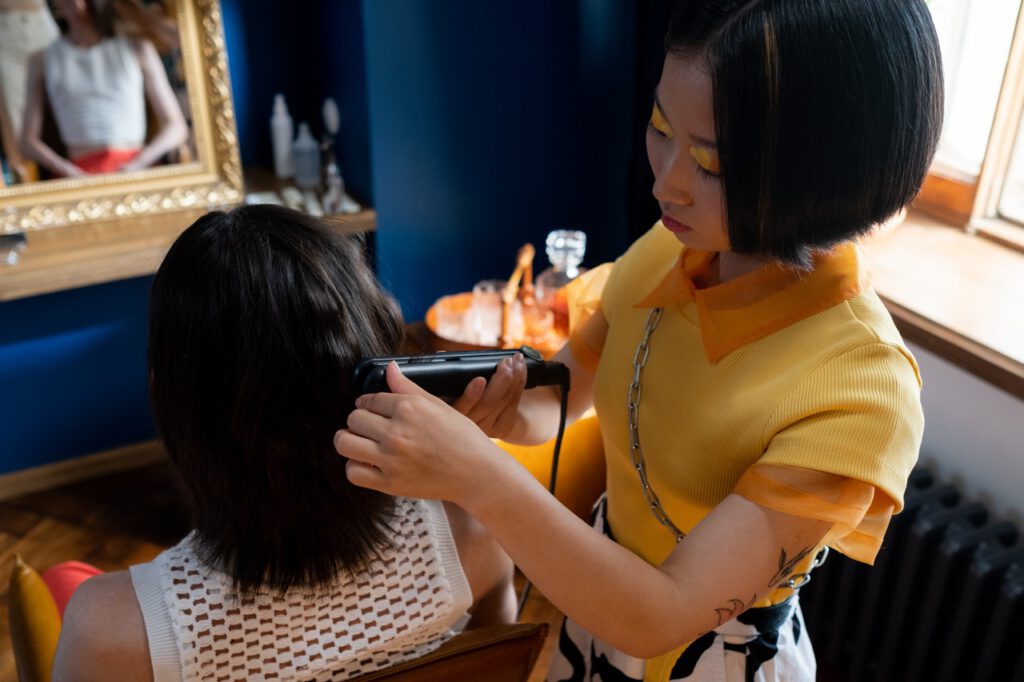Pubic hair are dark and are way thicker. Pubic hair grows in the genital region. Pubic hair provides protection to against friction that can cause skin irritation in this sensitive skin area. Are you dealing with ingrown pubic hairs? Have you ever had an ingrown hair bumps? Well if so here you will be able to find more informations about them.
Ingrown pubic hair
Ingrown pubic hair happens when your pubic hair grows back into the skin and not up to the surface as it is supposed to be. It happens very often when pubic hairs were shaved, plucked or waxed.
While you are dealing with ingrown hair you may also notice that they are showing on skin’s surface as round bumps which mostly will be small ones and are called papules. You can also notice small pus filled bumps which are called pustules. There are some cases that the skin around the ingrown hair may be darker which is known as hyperpigmentation.
Ingrown pubic hair may also give you a bit of pain and itching.
Fact: people who has thick, curly hair are more likely to develop ingrown pubic hair.
What is causing ingrown hairs?
It is obvious that when you are going to shave hair they are going to grow back. Most shaved hairs are going to grow back and won’t cause any problems. However there are some of them may grow underneath the skin.
When hairs are growing back into the skin, your body may respond to the hair as if it were a foreign object. It is the time when symptoms starts. Those symptoms are itching, pain, swelling and redness.
How are ingrown hair treated?
To be honest most of those cases won’t need any kind of treatment, why? Well becuase they often clears up on their own without any kind of treatment.
However if hairs won’t start growing back through the skin, there are some treatments that can be helpful. Those treatment options are:
- stop the hair removal in this area – it is a good idea to stop waxing, pulling or shaving until the ingrown pubic hair goes away. If you gonna keep shaving this could lead to skin infection or even leave scars,
- gently pull out the hair – when the hair goes above the skin you can use sterile tweezers or a needle to gently pull those hair.
- apply warm compress – it is also a good idea to place warm compress on the area. It can also be good idea to rub a wet washcloth or soft toothbrush in a circular motion over the skin. This will be working very well in calming the area,
- get rid of dead skin cells – to get rid of dead skin cells gently rub and use exfoliating scrub around the ingrowm hair. This will help the hair to return to the surface of the skin.
- creams reducing inflamations – use creams which reduce inflammation. Hair removal cream can be steroid cream prescribed by a doctor,
- retinoids – retinoids can speed up the clearing of dead skin cells. To use retinoids you will need prescription from your doctor for this. Those meds can cause dry skin. However if you are pregnant you shouldn’t use any kind of products with retinoids.
Home remedies

There are also home remedies that can help with ingrown pubic hair. Those remedies are:
- tea tree oil – this oil is doing great in killing bacteria and also brings down the swelling. Mix the oil with water to dilute it. Then you can apply it with help of cotton ball,
- sugar – did you know that sugar is a natural exfoliator? Well it is. You can Mix it with olive oil or honey to moisturize the skin and kill bacteria. Apply it in a circular motion and after that rinse with warm water,
- baking soda – this is very helpful when it comes to bringing down the inflammation in the skin. Mix one tablespoon of baking soda with one cup of water. Apply it with a cotton ball and then rinse with cold water.
How to prevent ingrown pubic hairs
That is right, there are some ways to prevent ingrown hairs. The best of them is not to wax, shave or pluck. However we know that it is not always practical. There are also other ways, and they are:
- firstly prepare right the pubic area. To do so wash skin with a mild soap or shaving cream. Now rub on lubricating shave cream or shave gel,
- use a single bladded razor,
- think of laser hair removal (laser treatment is long term solution),
- consider other non-razor pubic hair removal options for example chemical hair removers.
Now you know how to prevent ingrown hair thats why you will be able to avoid ingrown hair.
What to do with infected ingrown hair?
In some of the cases of ingrown pubic hair can become infected. And if they do you will need to go and see your healthcare provider or dermatologist. Doctor will give you prescription for inflammation or retinoid lotion and this will clear up dead skin cells.
If you will will leave it untreated it can develop ino a cyst or worse.
Facts
- removing hair from the bikini line can cause an ingrown pubic hair cyst,
- using over the counter methods which for example are exfoliating with salicylic acid or glycolic acid will keep the hair follicles open and it will help you with not getting trapped hair again,
- ingrown pubic hair are itchy bumps and happens to be painful,
- abnormal and/or unusual hair growth should be medically reviewed
- tight clothing can cause higher risks of getting trapped hairs.
Conclusion
This article gave you possibilities of getting rid of ingrown hair and showed you differnt hair removal methods. You also know that most ingrown hairs dissappear with time.
Choose the one right hair removal method for yourself, there for sure is at least one right from all of the ingrown hair treatments right for you.





Ingrown pubic hair can be so annoying and uncomfortable. Thus article made me understand so much. AMAZING ARTICLE! I’m so grateful for it.